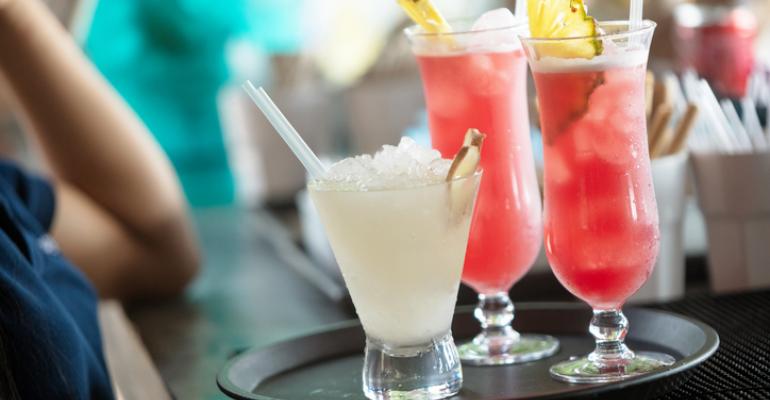The latest data from travel and hospitality research firm STR shows that hotels are seeing solid growth in food and beverage revenue overall, and particularly among group customers. Total F&B revenue per occupied room grew by 2.7 percent in 2018, but the catering and banquets segment saw a 3.4 percent rise in revenue, from 81 cents per square foot of event space to 83 cents—a useful benchmark for planners as they negotiate with hotels on the total in-house spend for future meetings. Specifically, group F&B spending at or above that rate per square foot could be used by planners to gain concessions on fees for meeting space or other event elements.
What's more, “beverage was the name of the game in 2018, and we can expect to see more of that in 2019,” said Veronica Andrews, director of digital data solutions for STR. “Beverage revenue per occupied room grew 4.2 percent, and we find it noteworthy that beverage revenue grew across all hotel classes through hotels' venue operations and hosted events in catering and banquets.”
For planners looking to constrain the rise in their F&B costs, one relevant trend that's gaining steam is the demand for non-alcoholic beverages other than soda, juice, seltzer, and water. While no- or low-alcohol beer and wine costs roughly the same as their alcoholic counterparts, the "mocktail" movement—which features non-alcoholic libations that resemble traditional cocktails in appearance and flavor—is strengthening. One catering-facility manager in New York recently told business media outlet SmartBrief that hotels and off-site venues actually prefer to offer mocktails because they are priced higher than other non-alcoholic offerings, yet still save groups money versus liquor drinks while providing an interesting and tasty mixology experience for all attendees.





